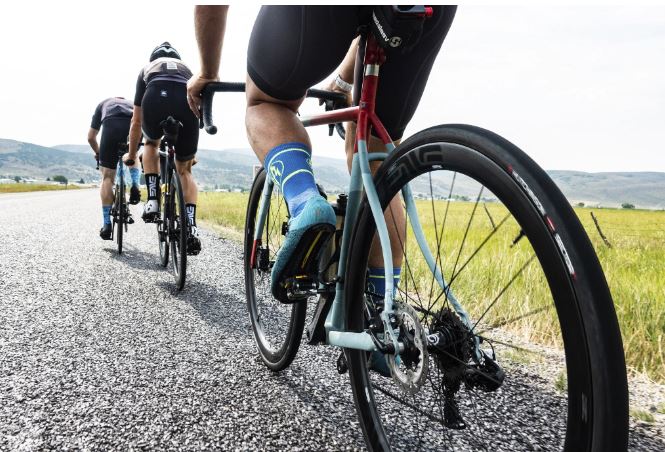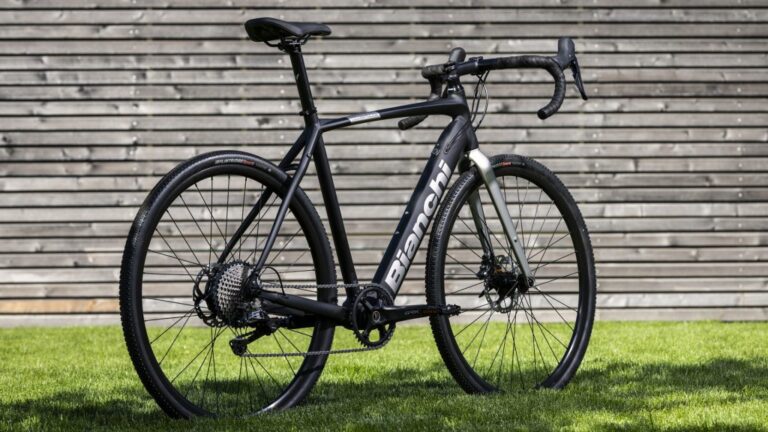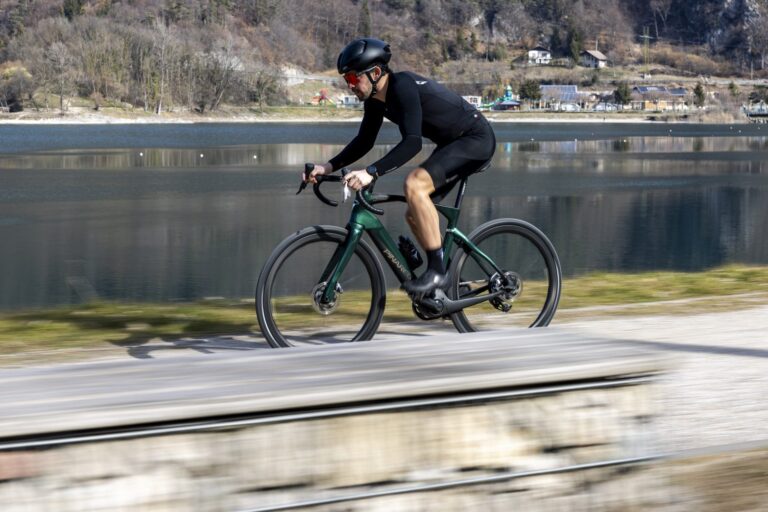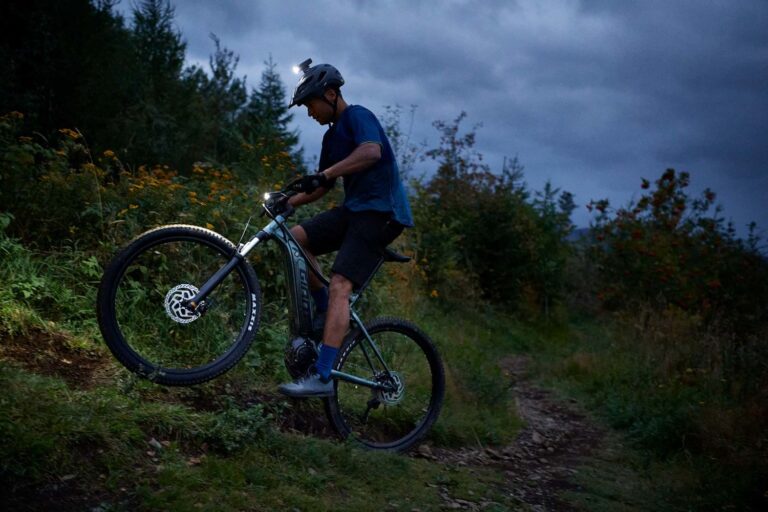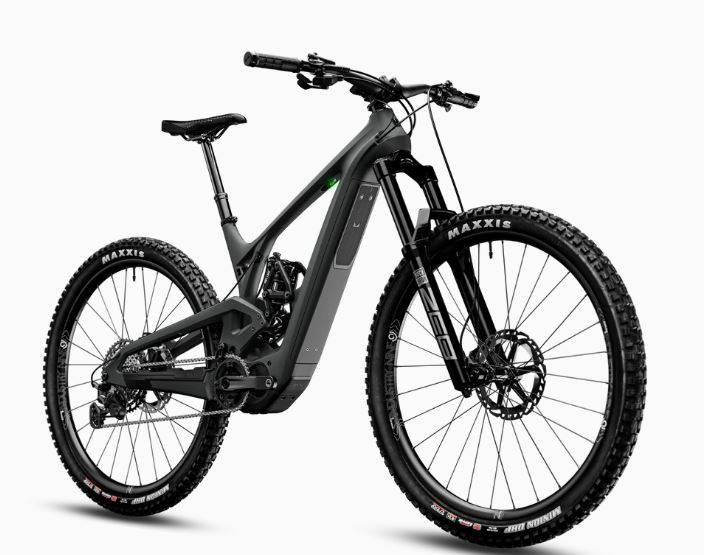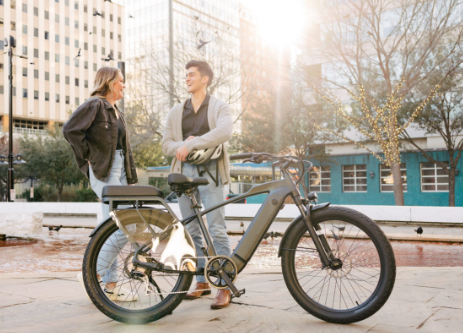Understanding Road E-Bike Power Systems
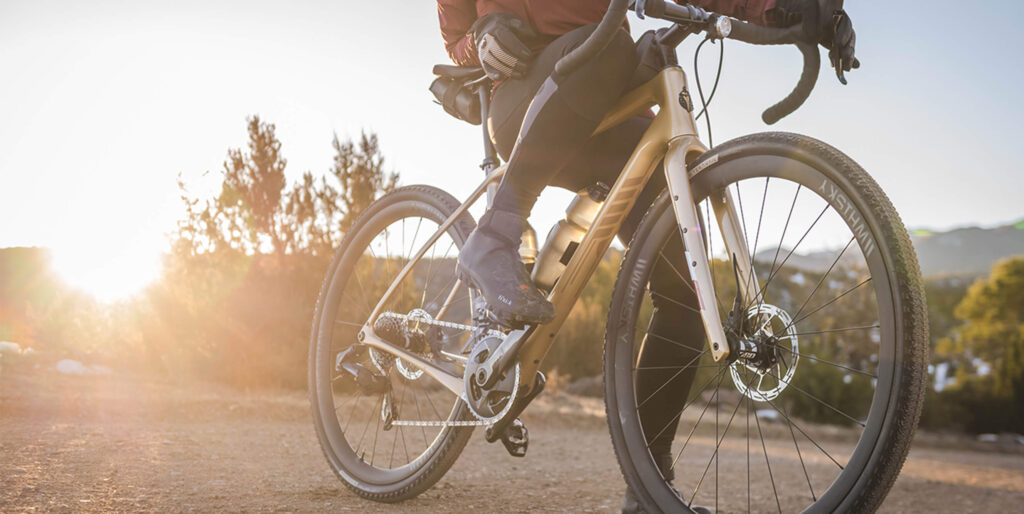
Key Point Summary of Understanding Road E-Bike Power Systems:
- Road E-Bike Power Systems: These systems enhance pedaling power, extending riders’ capabilities and making cycling more accessible.
- Battery Types: Essential for understanding range and performance, with variations in capacity and chemistry affecting weight and longevity.
- Motor Efficiency: A crucial factor determining how effectively the bike converts electrical energy into mechanical propulsion.
As a masters cyclist with decades of experience racing and riding across a spectrum of disciplines—mountain biking, gravel grinding, and cyclocross—I’ve witnessed the transformative impact of technology on cycling. Of these innovations, road e-bikes represent one of the most significant shifts in how we approach cycling, blending traditional pedal power with electric assistance. For those new to the concept or looking to deepen their understanding, let’s dive into the intricacies of road e-bike power systems, including battery types and motor efficiency.
The Heart of the Matter: Motor Efficiency
In the world of road e-bikes, the motor stands as the heart, providing the essential pulse that assists your pedaling efforts. My journey into e-biking began with curiosity, leading to a deeper appreciation for the nuanced technology behind it. Motor efficiency, for instance, is pivotal. It’s not just about power; it’s how effectively that power is used. High-efficiency motors deliver more ride for your charge, translating to longer rides and more smiles per mile.
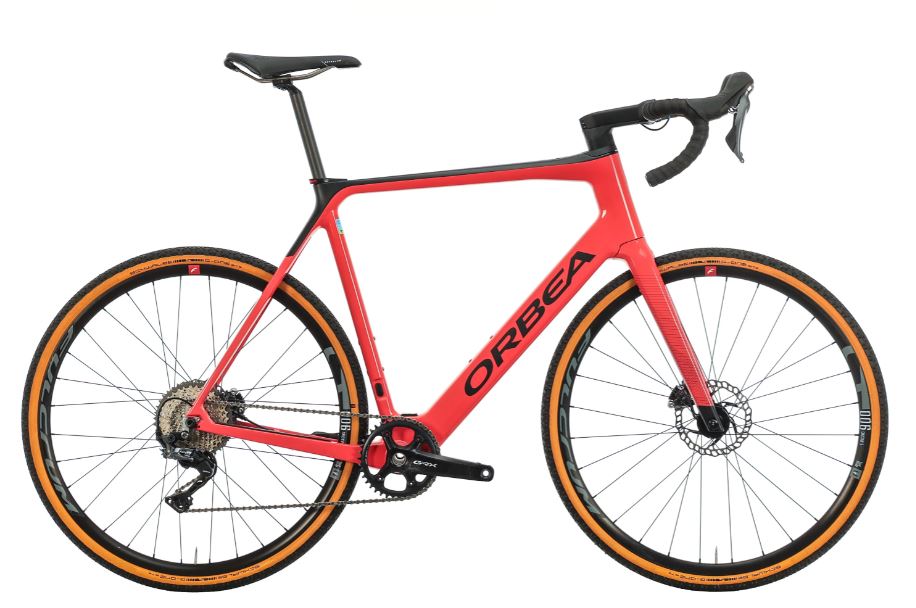
The Lifeblood: Battery Types
If the motor is the heart, then the battery is undoubtedly the lifeblood of a road e-bike. Over the years, I’ve seen batteries evolve from bulky, limited-range units to sleek, high-capacity powerhouses. Lithium-ion batteries have become the standard for their balance of weight, capacity, and longevity. Understanding the nuances of your e-bike’s battery—its watt-hour (Wh) rating, for example—can dramatically influence your ride planning and performance expectations. I’ve learned, sometimes the hard way, that knowing your battery’s limits and capabilities is crucial for avoiding mid-ride surprises.
The Evolution of Road E-Bike Power Systems
The progression of road e-bike technology has been nothing short of remarkable. Early models were often criticized for their weight and unwieldiness, a far cry from today’s sleek, efficient machines. Innovations in motor design have led to systems that are not only more powerful but also more intuitive, delivering assistance that feels natural and seamless. Battery technology, too, has leaped forward. We’ve seen the introduction of integrated battery systems that not only streamline the bike’s aesthetics but also offer improved aerodynamics and protection from the elements.
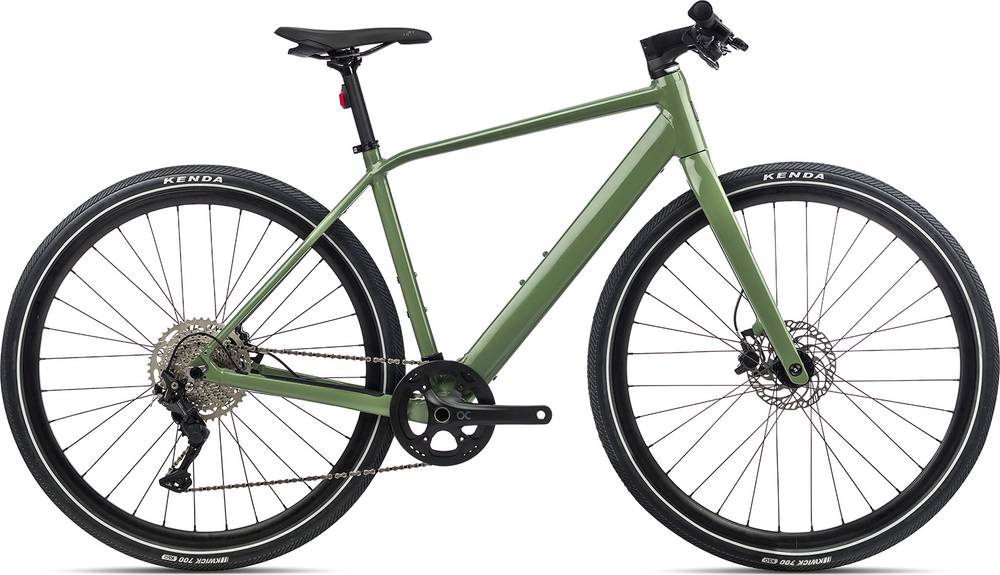
Design Meets Functionality
As road e-bikes have evolved, so has the integration of power systems into the overall bike design. Modern e-bikes feature motors and batteries so seamlessly incorporated that they challenge the observer to distinguish them from their traditional counterparts. This design philosophy extends beyond aesthetics to functionality, with power systems optimized for the specific demands of road cycling—whether that’s conquering long climbs or embarking on extended tours.
The Community Perspective
Adopting road e-biking has also introduced me to a diverse community of cyclists. From seasoned riders seeking to extend their cycling years to newcomers looking for a more accessible entry point into the sport, the appeal of road e-bikes is broad. Conversations within this community have highlighted the importance of educating oneself on the intricacies of power systems, battery management, and the impact of motor efficiency on performance. Sharing experiences and tips has become a vital part of the e-biking experience, enriching the journey for all involved.
Looking Ahead: The Future of Road E-Bikes
As we look to the future, the potential for further advancements in road e-bike power systems is vast. We’re on the brink of seeing even more efficient motors, longer-lasting batteries, and perhaps even solar charging capabilities. The evolution of e-bike technology is not just about enhancing the machine but also about expanding the possibilities of what cyclists can achieve.
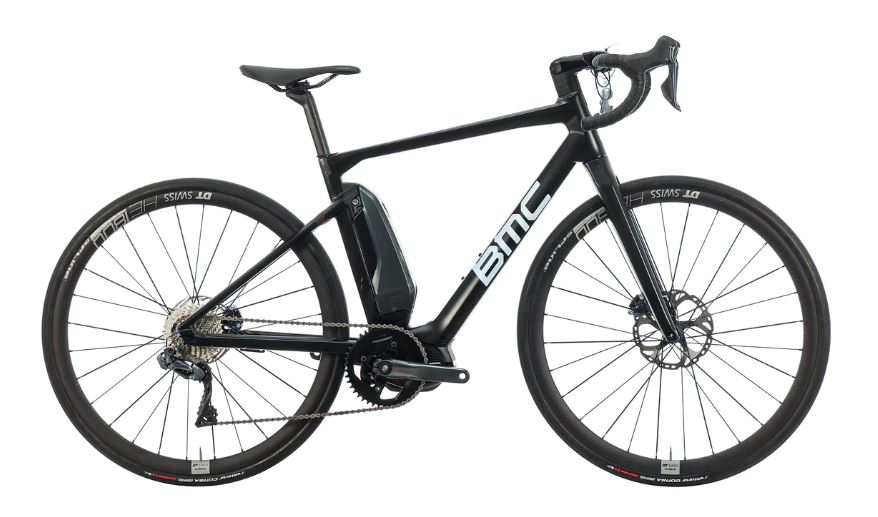
In The End
The road e-bike revolution is well underway, redefining the boundaries of cycling. Understanding the power systems at the heart of these machines—how they work, their benefits, and their limitations—is key to unlocking their full potential. My journey from skepticism to advocacy for e-bikes underscores the transformative power of this technology. Embracing the evolution of their power systems is not just about adapting to new technology; it’s about opening the door to new adventures on the road.
Here are three of the best road e-bikes, known for their excellence in various aspects:
1. Giant Road E+ Pro
The Giant Road E+ Pro is renowned for its powerful SyncDrive Pro motor, co-developed with Yamaha, which offers up to 80Nm of torque for outstanding climbing abilities and swift acceleration. Its EnergyPak battery system provides a long-range, and the RideControl EVO display ensures easy access to ride data and battery levels. This bike is designed for performance-oriented riders seeking a boost on long climbs and during speedy group rides.
2. Bianchi Aria E-Road
Bianchi’s Aria E-Road brings the Italian brand’s legendary road performance into the e-bike sector with elegance and efficiency. It features a discreetly integrated Ebikemotion X35 motor system, preserving the aesthetics and handling of a traditional road bike while offering a gentle assist. The bike is perfect for riders who value the classic road bike look and feel but appreciate the extra help on challenging routes.
3. Ribble Endurance SL e
Ribble’s Endurance SL e is acclaimed for its ultra-lightweight design, making it one of the lightest e-road bikes available. It utilizes the Mahle Ebikemotion system, integrating the motor and battery seamlessly for a sleek profile. With its endurance geometry and carbon frame, it provides a comfortable ride over long distances, appealing to endurance riders and those looking to maintain high average speeds with less fatigue.
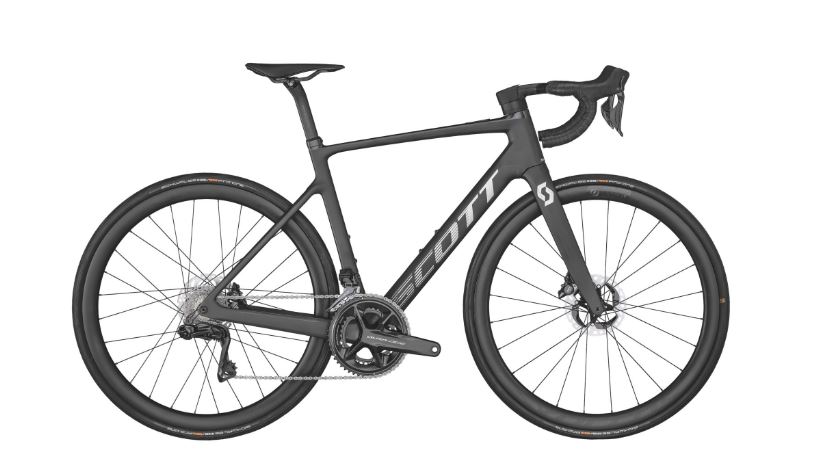
FAQ
Is there a big difference between 500W and 750W ebike?
Yes, there is a significant difference between 500W and 750W e-bikes. A 750W motor provides more power and torque, improving acceleration and hill-climbing ability.
What is the difference between 250W and 1000W ebike?
The difference between a 250W and a 1000W e-bike is substantial. A 1000W motor offers much greater power, allowing for higher speeds, better acceleration, and superior hill-climbing performance.
What are the power levels on Ebikes?
E-bike power levels typically range from Eco (lowest power, maximizes battery life) to Turbo (highest power, increases speed and torque but reduces battery life).
How fast is a 750W e-bike?
A 750W e-bike can typically reach speeds up to 28 mph (45 km/h) with pedal assist, depending on the bike’s design and local regulations.
